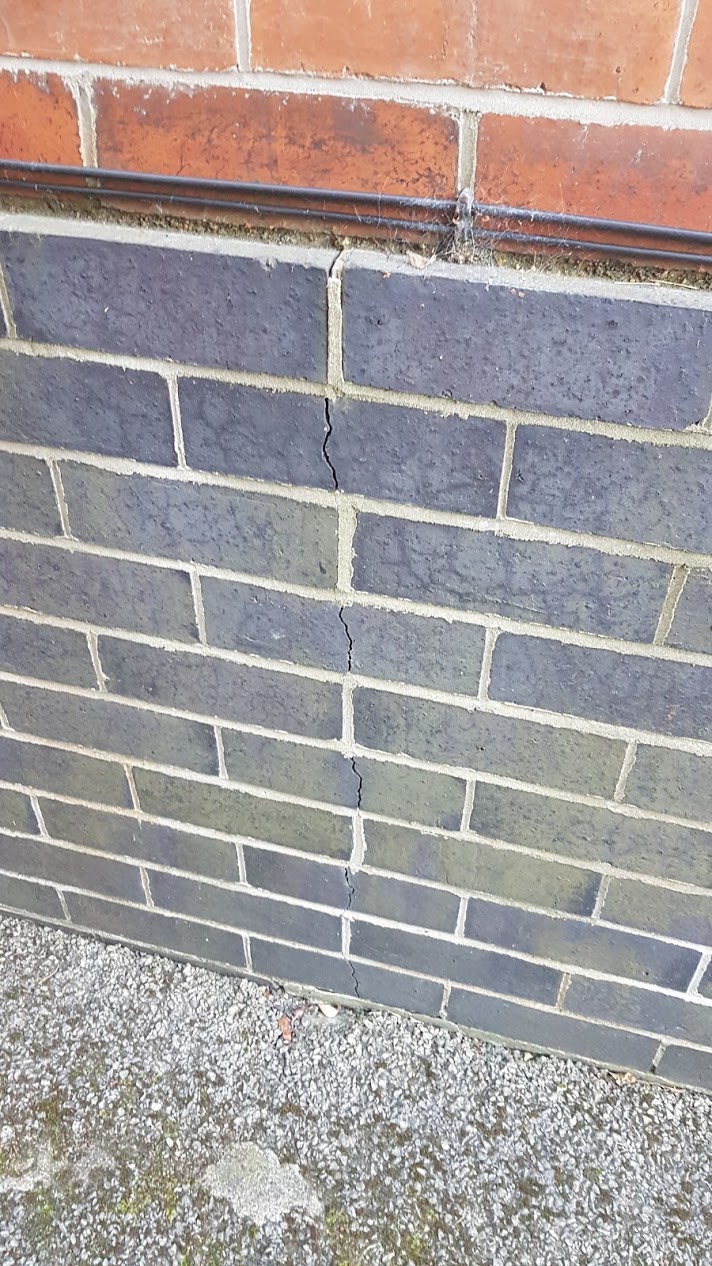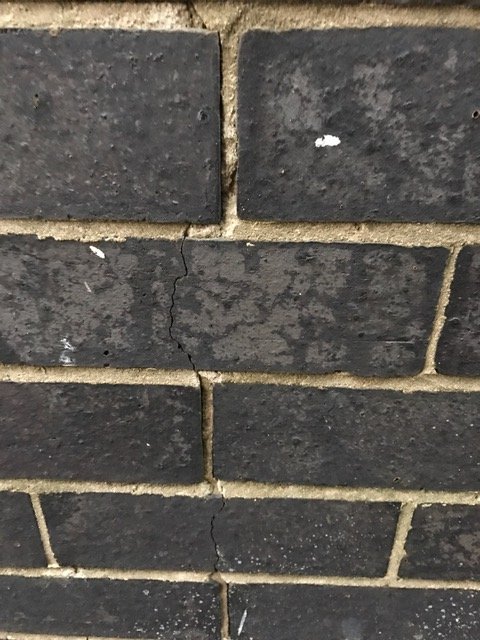- Joined
- 5 Nov 2016
- Messages
- 3
- Reaction score
- 0
- Country

Hi,
We are close to buying a new 'old' house. It will be the first time we have ever not lived in a newish build house. We payed for a homebuyer survey to be done and it has picked up some vertical cracks in the brickwork. What he actually said is below.
"On the left side of the property where there are multiple courses of blue brick at the base of the wall forming the DPC and the lower section of the external wall, we noted a series or vertical cracks to the brickwork and pointing. Crack width is relatively minor, 1-2mm. The cracks appeared old and weathered. Crack width is consistent and the cracks do not extend into the upper courses of brickwork above the blue brick. We suspect that this pattern of cracking and open jointing is due to the relatively long expanse of brickwork and lack of any expansion joint to the engineering bricks. This type of brick will not accommodate expansion and contraction as well as the main red brick forming the majority of the wall surface. The blue bricks can therefore be prone to cracking due to normal expansion and contraction of the building. Given that the cracks are relatively minor and the pattern of cracking does not indicate movement within the ground or instability to the wall structure, we consider this type of cracking tolerable and the prescribed method of repair is cosmetic, i.e. rake out and re-point mortar joints replacing any damaged bricks. The building has created its own expansion and contraction joints in these locations and if cracks are filled, given the construction of the wall it is likely that they will re-open. The method for repair should be investigated. In this regard it may be sensible to obtain further advice from a structural engineer or experienced builder with regard to the best method/approach to repair the brickwork. In some cases this is simply to leave the cracks unattended to allow for natural movement of the property. Cracks in buildings can be a concern for purchasers and with regard to future saleability it may be sensible to obtain further advice from a structural engineer at the present time so that you are aware of the type and scope of any repair recommended, but also so that you can demonstrate to an onward purchaser that this defect was identified at the time of your purchase, thoroughly investigated and any recommendations for repair undertaken with appropriate professional supervision. Your further investigation should be completed prior to a legal commitment to purchase the property.
As i see things the crack only extends up the blue bricks, but i can't really see where is starts (i.e. in my mind it could start underground). The two pictures are just the same thing from different angles but at the other end of the side of the house there is a similar crack.
Any advice would be much appreciated as i don't know if we are going over the top with the worry.
We are close to buying a new 'old' house. It will be the first time we have ever not lived in a newish build house. We payed for a homebuyer survey to be done and it has picked up some vertical cracks in the brickwork. What he actually said is below.
"On the left side of the property where there are multiple courses of blue brick at the base of the wall forming the DPC and the lower section of the external wall, we noted a series or vertical cracks to the brickwork and pointing. Crack width is relatively minor, 1-2mm. The cracks appeared old and weathered. Crack width is consistent and the cracks do not extend into the upper courses of brickwork above the blue brick. We suspect that this pattern of cracking and open jointing is due to the relatively long expanse of brickwork and lack of any expansion joint to the engineering bricks. This type of brick will not accommodate expansion and contraction as well as the main red brick forming the majority of the wall surface. The blue bricks can therefore be prone to cracking due to normal expansion and contraction of the building. Given that the cracks are relatively minor and the pattern of cracking does not indicate movement within the ground or instability to the wall structure, we consider this type of cracking tolerable and the prescribed method of repair is cosmetic, i.e. rake out and re-point mortar joints replacing any damaged bricks. The building has created its own expansion and contraction joints in these locations and if cracks are filled, given the construction of the wall it is likely that they will re-open. The method for repair should be investigated. In this regard it may be sensible to obtain further advice from a structural engineer or experienced builder with regard to the best method/approach to repair the brickwork. In some cases this is simply to leave the cracks unattended to allow for natural movement of the property. Cracks in buildings can be a concern for purchasers and with regard to future saleability it may be sensible to obtain further advice from a structural engineer at the present time so that you are aware of the type and scope of any repair recommended, but also so that you can demonstrate to an onward purchaser that this defect was identified at the time of your purchase, thoroughly investigated and any recommendations for repair undertaken with appropriate professional supervision. Your further investigation should be completed prior to a legal commitment to purchase the property.
As i see things the crack only extends up the blue bricks, but i can't really see where is starts (i.e. in my mind it could start underground). The two pictures are just the same thing from different angles but at the other end of the side of the house there is a similar crack.
Any advice would be much appreciated as i don't know if we are going over the top with the worry.



